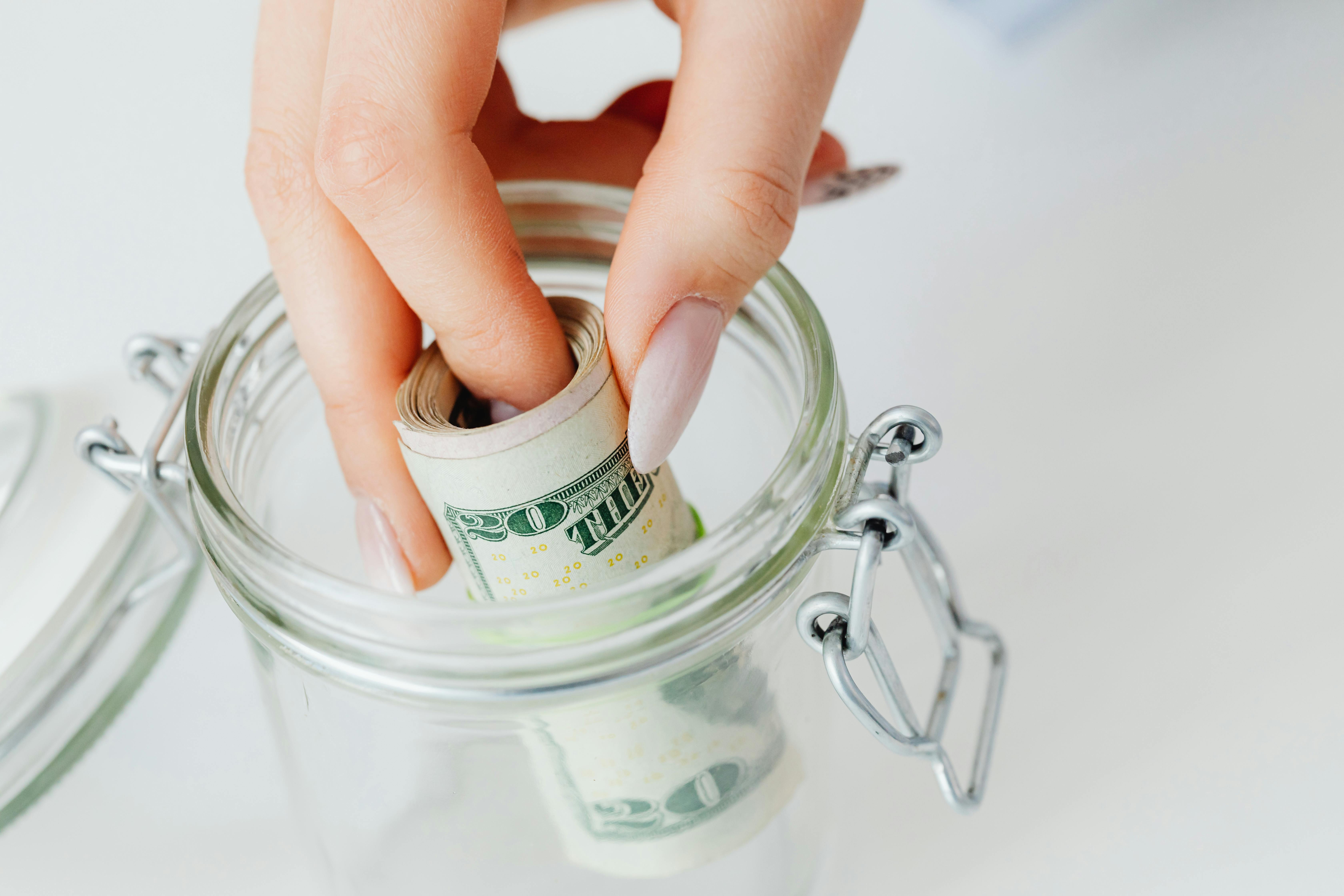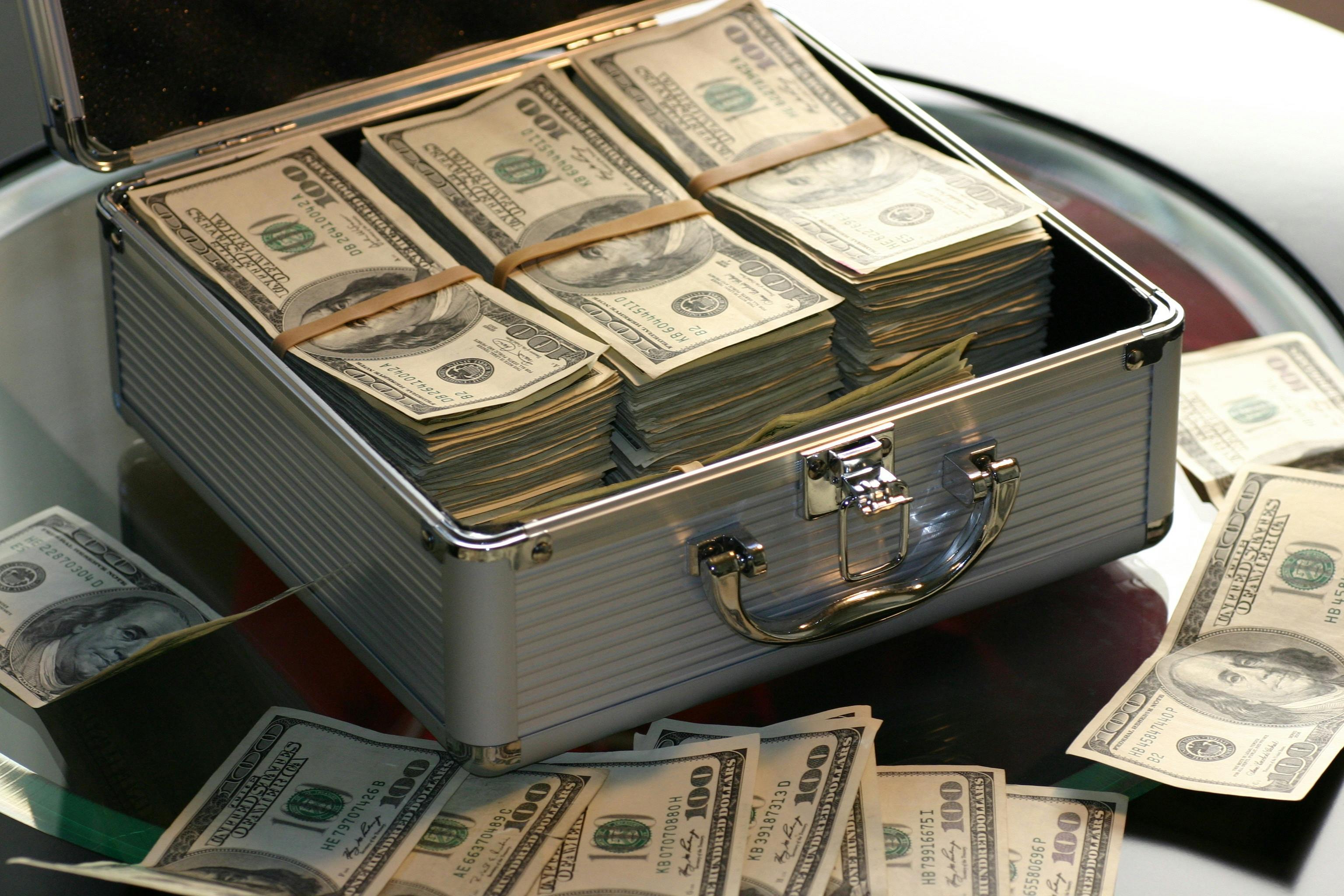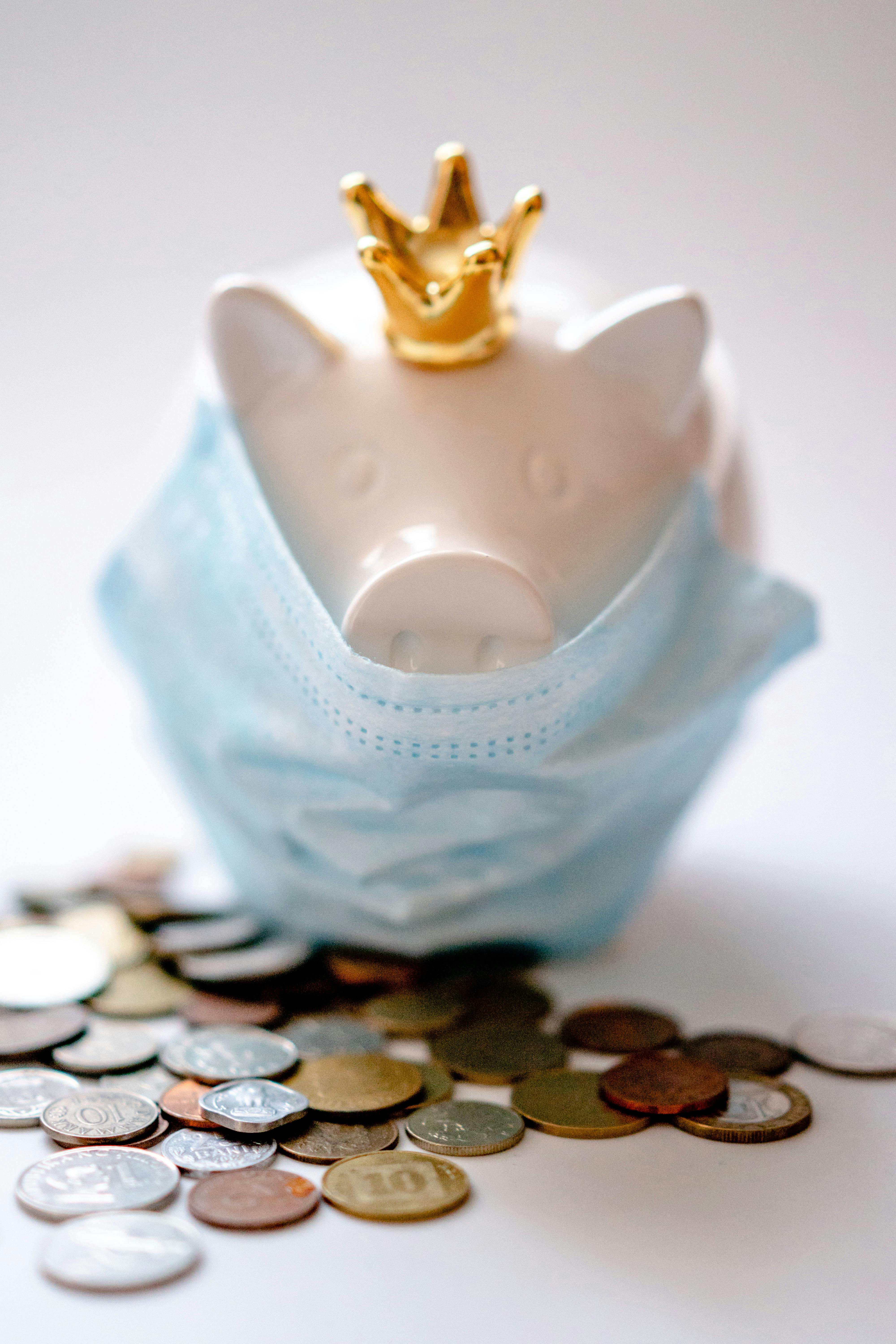
The Basics of Building an Emergency Fund
Life has a way of throwing curveballs when we least expect it—be it a surprise medical bill, a car that suddenly won’t start, or an unexpected loss of income. In times like these, having a financial cushion isn’t just helpful—it’s essential. An emergency fund acts as your personal financial shock absorber, helping you stay on track without going into debt or derailing your long-term goals. In this blog, we’ll break down how to build an emergency fund from the ground up, why it matters more than ever, and practical tips to help you get started—no matter where you are in your financial journey.

Why You Need an Emergency Fund
Life is full of surprises, and not all of them are pleasant. While some emergencies may be minor, others can have a significant financial impact. Without an emergency fund, you might be forced to rely on credit cards or loans, leading to debt that could take years to pay off. An emergency fund provides a cushion that allows you to handle these unexpected expenses without derailing your financial goals.

How Much Should You Save?
The general rule of thumb is to save three to six months’ worth of living expenses. This amount should cover necessities like rent or mortgage, utilities, groceries, transportation, and insurance. The exact amount depends on factors like your job security, health, and whether you have dependents. If you’re self-employed or have irregular income, you might want to aim for six to twelve months’ worth of expenses.

Where Should You Keep Your Emergency Fund?
Accessibility is key when it comes to your emergency fund. You want to keep the money in a place where you can access it quickly, but not so easily that you’re tempted to dip into it for non-emergencies. A high-yield savings account is a popular choice because it offers better interest rates than a standard savings account while still being easily accessible. Money market accounts and short-term certificates of deposit (CDs) are other options, though they may have more restrictions on withdrawals.
Tips for Building Your Emergency Fund
Start Small:Taking on a side hustle is a practical solution—whether you're aiming to reduce debt, grow your savings, or set aside money for something special.
Automate Your Savings: Set up automatic transfers from your checking account to your emergency fund. This way, saving becomes a habit, and you’re less likely to skip a month.
Cut Unnecessary Expenses: Review your budget and identify areas where you can cut back. Redirecting money from discretionary spending to your emergency fund can help you reach your goal faster.
Increase Your Income: Consider taking on a side job or selling items you no longer need. Use the extra income to boost your emergency fund.
Stay Disciplined: It can be tempting to dip into your emergency fund for non-essential expenses, but resist the urge. Remember, this money is for emergencies only.

When to Use Your Emergency Fund
An emergency fund should be reserved for true emergencies—situations that affect your ability to meet your basic needs. These might include:
Job Loss: If you lose your job, your emergency fund can help cover your expenses until you find new employment.
Medical Emergencies: Unexpected medical bills can be costly. Your emergency fund can help you avoid going into debt to cover these expenses.
Urgent Home or Car Repairs: If your car breaks down or your home needs an urgent repair, your emergency fund can help you cover the costs without resorting to credit.
Replenishing Your Fund
After using your emergency fund, it’s important to replenish it as soon as possible. Make it a priority to rebuild your fund to its original amount so that you’re prepared for the next emergency.
Building an emergency fund is one of the most important steps you can take to ensure your financial security. It requires discipline and commitment, but the peace of mind it provides is well worth the effort. Start small, stay consistent, and you’ll be well on your way to building a robust financial safety net.
